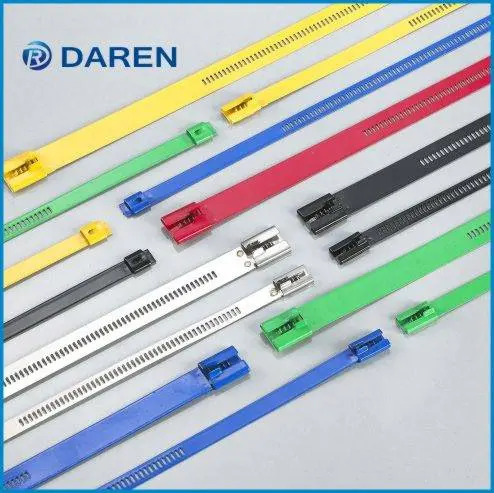With the continuous development of the economy, all walks of life are gradually standardized, and the application of stainless steel cable ties is becoming more and more widespread. However, some users do not know much about their specifications and sizes. If they buy the wrong one, it will cause economic losses. So how to determine the product? What about the specifications and dimensions?
1. Users need to clarify their usage requirements. According to the characteristics of the bundle, determine the tensile strength and service life of the required tie. Generally speaking, homemade cable ties have higher tensile strength than prefabricated cable ties. Therefore, if you have higher requirements on bundling quality and tension, you can choose homemade cable ties.
2. Clarify the humidity, temperature and pH value of the use environment. Different usage environments have different material requirements for cable ties. Stainless steel made of different materials has different corrosion resistance. Among them, the three commonly used materials are 201.304.316 stainless steel.
Among them, 201 has low nickel content and is more suitable for dry environments. The nickel content of 304 exceeds 8% and has excellent corrosion resistance. It is suitable for any environment without acid and alkali. 316 is generally suitable for humid environments with weak acid and weak alkali.
3. The installation dimensions should be clearly stated. You can learn about your choice of pre-made or homemade zip ties by size. If your bundles are of uniform size, you can save a lot of time by choosing pre-made ties with specific lengths. If the bundling sizes are not uniform and the shapes are different, homemade cable ties are generally chosen, and the required length can be reduced arbitrarily according to the on-site conditions.
The advantages and disadvantages of stainless steel cable ties will seriously affect the binding effect. It is recommended to choose a conscientious enterprise.
Post time: Apr-15-2024







